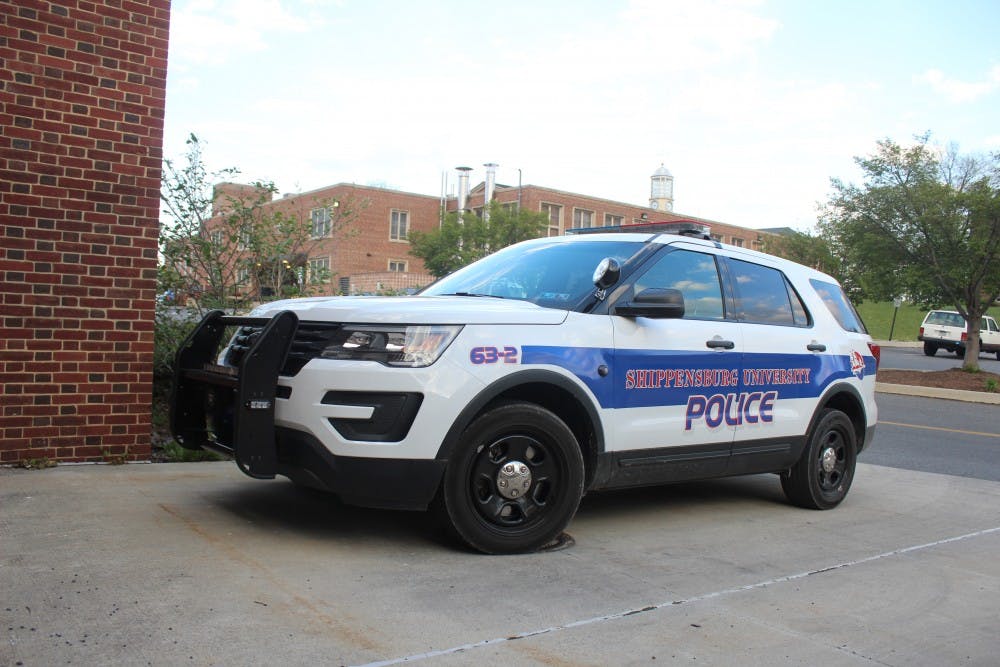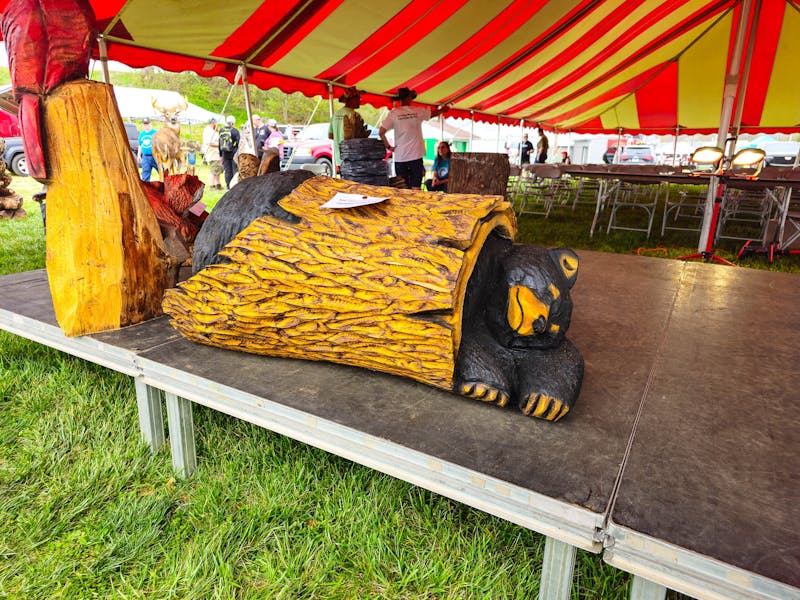Shippensburg University Police received a complaint of a clown walking on campus, on Sept. 28, but were unable to find the suspect.
The SU office of communications and marketing sent another email the next day alerting students about the on-campus clown sighting.
Despite the numerous sightings, the second email did not conclude that the incidents present danger.
“While most of these ‘clown sightings’ are individuals simply trying to frighten people, we cannot and will not assume anything,” the email said.
SU police were not alone in receiving such reports.
Shippensburg Borough Police received numerous reports of clown sightings on Sept. 27, but were unable to find the suspect.
On the same night, Pennsylvania State Police responded to a similar complaint.
Two Shippensburg University students contacted borough police after they were chased by a person wearing a mask and carrying some sort of stick.
SU sent an email the following day warning students about the incident. The email provided safety tips for students and encouraged anyone who sees suspicious activity to contact local police.
The clown sightings seem to be a part of a nationwide phenomenon, with sightings happening from coast-to-coast. Media outlets from Washington, New York, Florida and many places in-between are reporting appearances.
Benjamin Radford, deputy editor of Skeptical Inquirer said the trend is likely to end soon, in an article published in People Magazine.
Radford said clown sightings have been happening since the ’80s and incidents like the clown phenomenon happen during periods of “social anxiety.”
While the clown sightings are not inherently dangerous, residents of areas where clowns have been reported have taken to social media to voice their concern.
Radford said, in People Magazine, social media complaints about the clowns are only proliferating the situation.




The Slate welcomes thoughtful discussion on all of our stories, but please keep comments civil and on-topic. Read our full guidelines here.